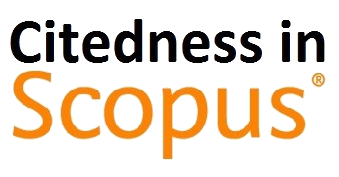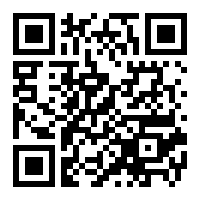Implementation of Min Max Algorithm as Intelligent Agent on Card Battle Game
(1) Universitas Trilogi
(*) Corresponding Author
Abstract
Information technology brings transformation from the physical world into the digital world. This transformation developed in various fields, especially games. In the past, games that are involving physical objects such as chess, cards, dominoes, and mahjong are popular for the publics. Card battle game is a game that pits strength between 2 cards. The game must have 2 players who will compete. However, if a player wants to practice before the match or wants to play alone, he needs Non Player Character (NPC). The NPC will be the opponent in card battle games. In order for NPCs to be able to fight players, a special algorithm is needed to make the NPCs compete with players. The algorithm that can be implemented into the NPC is the Min Max Algorithm. This algorithm is a responsive algorithm which can count every step of the player. The results of this study are expected to provide suitable opponents for players who want to practice or compete in Card Battle Game on their own.
Full Text:
PDFReferences
A. Marchand and T. Hennig-Thurau, “Value creation in the video game industry: Industry economics, consumer benefits, and research opportunities,” J. Interact. Mark., vol. 27, no. 3, pp. 141–157, 2013.
K. Choro, “Design and Development of ‘Battle Drone’ Computer-Based Trading Card Game (CTCG),” Springer Int. Publ. Switz. 2017, vol. 1, pp. 574–585, 2019.
S. D. Handy Permana, K. B. Yogha Bintoro, B. Arifitama, and A. Syahputra, “Comparative Analysis of Pathfinding Algorithms A *, Dijkstra, and BFS on Maze Runner Game,” IJISTECH (International J. Inf. Syst. Technol., vol. 1, no. 2, p. 1, 2018.
W. M. Koolen, P. L. Bartlett, A. Malek, and Y. Abbasi-Yadkori, “Minimax Time Series Prediction,” Adv. Neural Inf. Process. Syst. 28 (NIPS 2015), vol. 1, no. 1, pp. 1–9, 2015.
R. Garg and D. P. Nayak, “Game of Tic-Tac-Toe: Simulation Using Min-Max Algorithm,” Int. J. Adv. Res. Comput. Sci., vol. 8, no. 5, pp. 1074–1077, 2017.
Q. Vu, T. Ishitobi, J.-C. Terrillon, and H. Iida, “Using Conspiracy Numbers for Improving Move Selection in Minimax Game-Tree Search,” Proc. ofthe 8th Int. Conf. Agents Artif. Intell., vol. 2, no. Icaart, pp. 400–406, 2016.
K. Kosciuk, “Is Minimax Really an Optimal Strategy in Games ?,” Zesz. Nauk. Politech. Białostockiej. Inform., vol. 6, no. 1, pp. 63–75, 2010.
R. Nasa, R. Didwania, S. Maji, and V. Kumar, “Alpha-Beta Pruning in Mini-Max Algorithm –An Optimized Approach for a Connect-4 Game,” Int. Res. J. Eng. Technol., pp. 1637–1641, 2018.
X. Kang, Y. Wang, and Y. Hu, “Research on Different Heuristics for Minimax Algorithm Insight from Connect-4 Game,” J. Intell. Learn. Syst. Appl., vol. 11, no. 02, pp. 15–31, 2019.
DOI: https://doi.org/10.30645/ijistech.v2i2.20
Refbacks
- There are currently no refbacks.
Jumlah Kunjungan:
Published Papers Indexed/Abstracted By:













